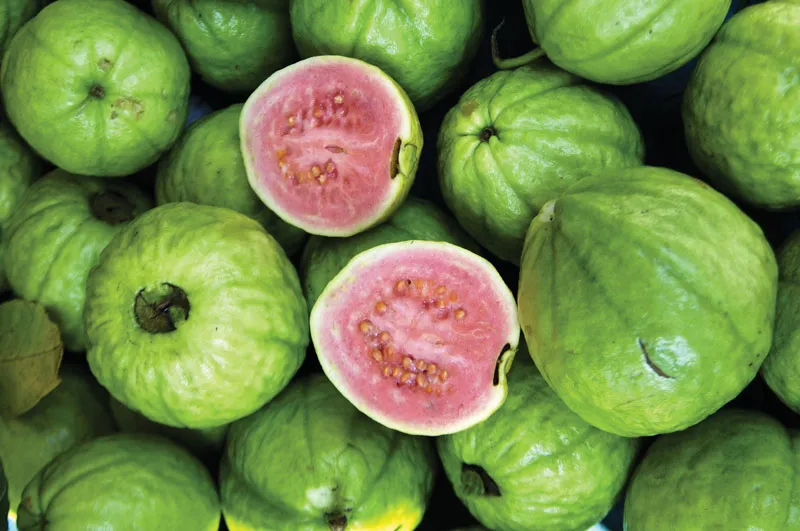Posted at 07:36h
in
Postharvest
*Kalyani Gorrepati, Soumia P. S., Bhushan Bibwe and Dhananjay V. Shirsat
23 views
प्याज के भंडारण में नुकसान को कम करने के लिए कटाई से पहले और बाद में अपनाए जाने वाले तरीके
Onion is a vital vegetable crop with seasonal availability in India, cultivated across three distinct crop seasons: Kharif, Late-Kharif, and Rabi. The Rabi-harvested onions, available from April to May, are crucial for maintaining year-round supply and stabilizing market prices. Effective storage of these onions, which can last up to six months, is essential due to their semi-perishable nature.
Onion is one of the most highly valued vegetable crops and is regularly consumed. However, it is a seasonal crop, and in India, it is cultivated in three crop seasons: Kharif, Late-Kharif, and Rabi....


